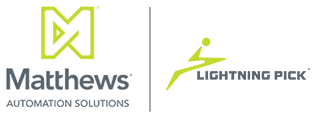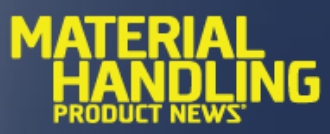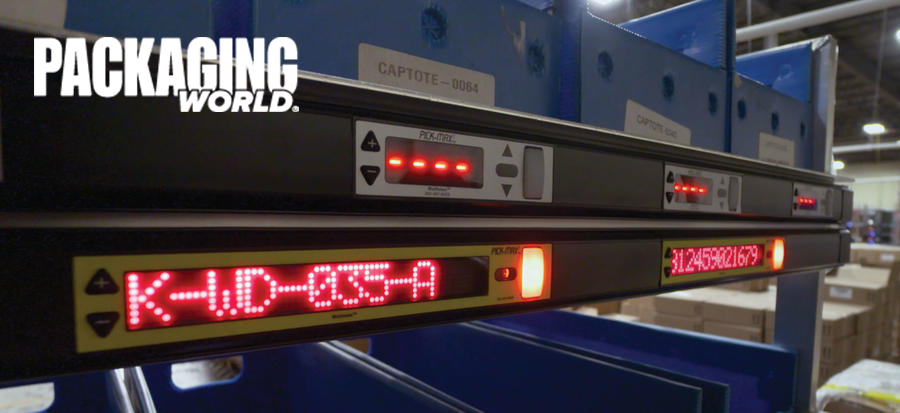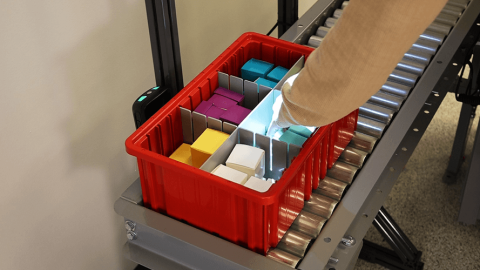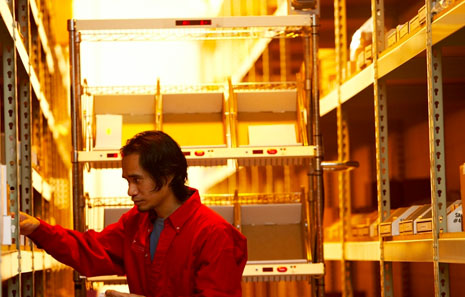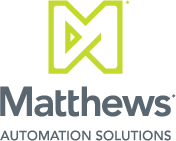
Rooted in increasingly complex software, the concept of pick-to-light has moved well beyond the pick and is now capable of relaying an array of information to workers throughout the fulfillment process
By Josh Bond, Senior Editor
May 01, 2013
Ten years ago, most cell phones had single-color displays, and they were primarily used to make phone calls. Now glance at the phone in your pocket, think about its capabilities beyond dialing a number, and you will have some sense of the transformation of light-directed order fulfillment technology over the last decade. Whether stationary or cart-based, approaches such as pick-to-light, put-to-light, pack-to-light, pick-to-screen, and dozens of other variations are enabling radically different product flow through a facility.
. . .
Consolidation and Decoupling
The concept of order consolidation is rooted in the decoupling of steps in the order fulfillment process. In traditional batch picking, a single person is usually responsible for an entire order, and their paths through a warehouse will reflect that. Light technology’s emphasis on speed and accuracy means it can be deployed in targeted areas of a process as needed, allowing a batch picker to fulfill some or most of an order before a worker at a put wall completes or consolidates it. By enabling a fast and accurate means of sortation, light can also allow for added process steps while reducing the likelihood of error.
For instance, Todd Sherbinow, senior product manager for Lightning Pick, a Matthews International Company, has a customer who performs value-added services to items. The customer stocks several hundred SKUs of base product, which can become many thousands of SKUs as they become customized. The warehouse management system (WMS) will batch 10 direct-to-consumer orders, which are picked by light. Those batches are then sub-batched by workflow, with one group sent to stamping, one to embroidering, and one that stays generic. Then they are driven back to a light-directed put wall station for consolidation.
“Mass customization and speed are the key business drivers,” says Sherbinow. “They try to offer that sort of personalization and still maintain same-day ship objectives.”

